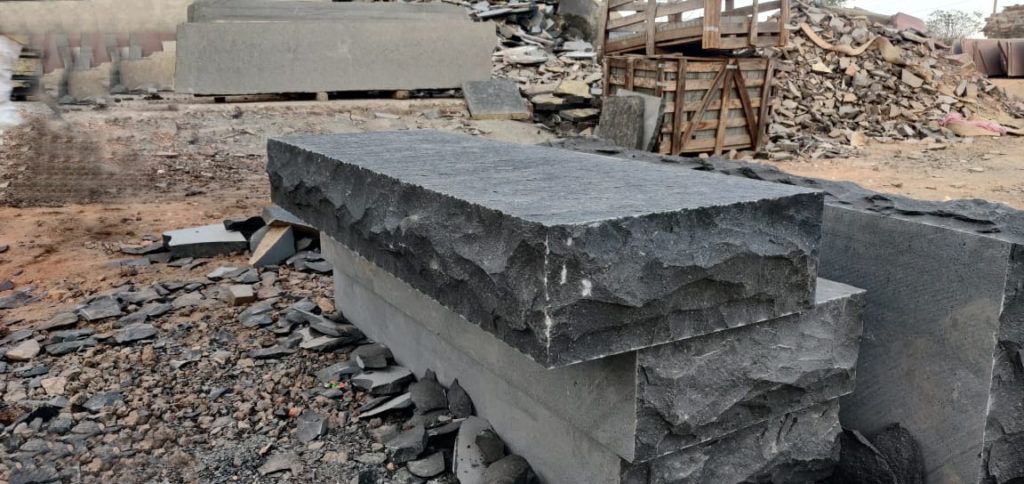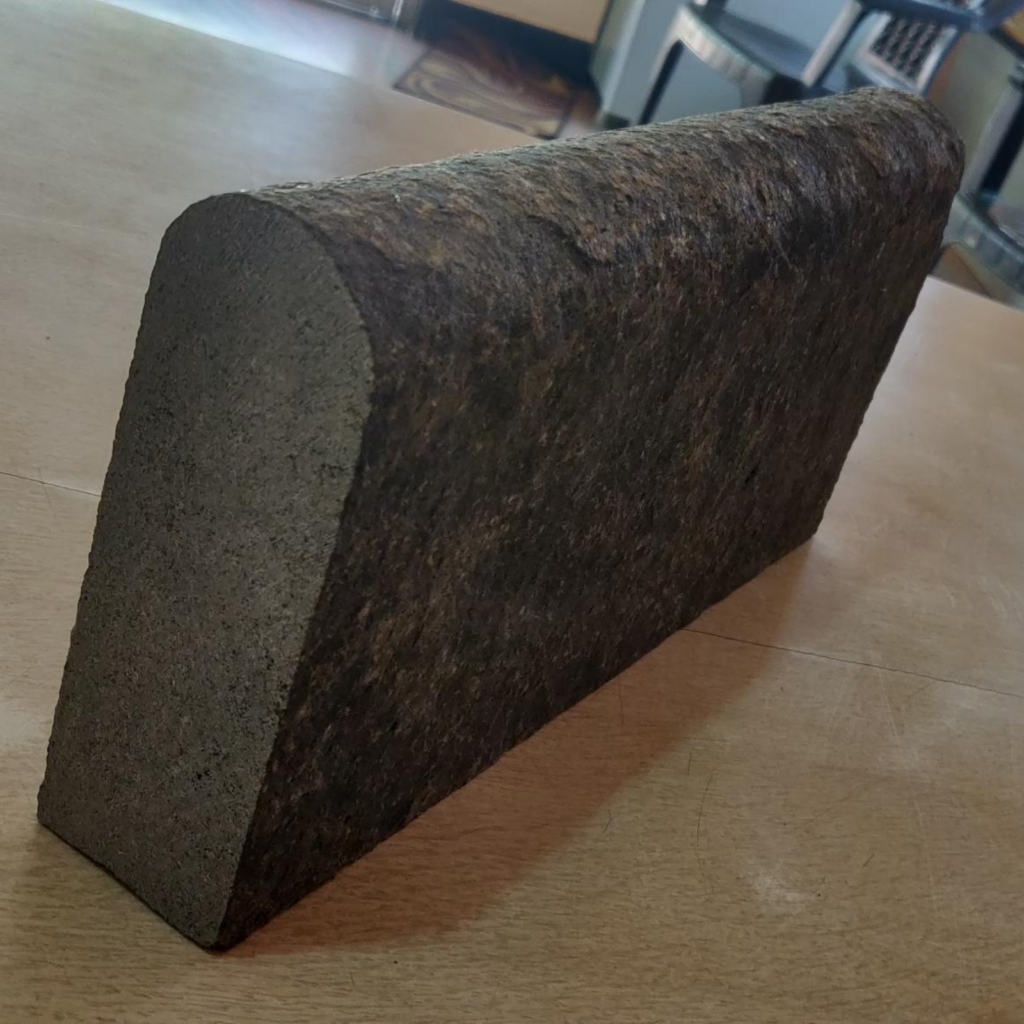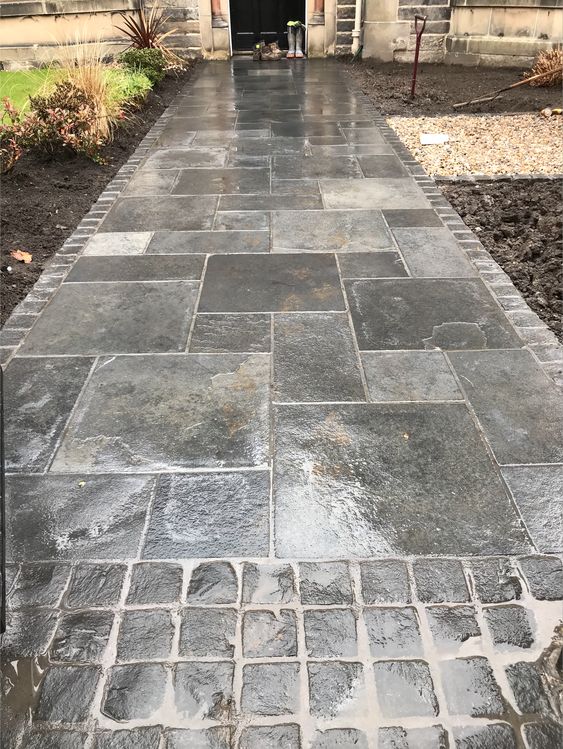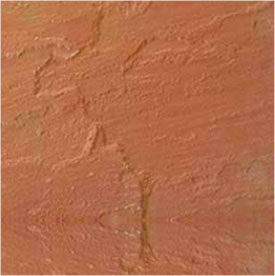Stone of the month: Black Basalt
January 4, 2023 AdminThe most prevalent rock on the surface of the Earth is basalt. Specimens range from dark green to brown to black in hue. Basalt is mostly made up of olivine, pyroxene, and plagioclase and is rich in iron and magnesium. The majority of specimens are glassy, compact, and finely grained. They may also contain olivine, augite, or plagioclase phenocrysts and be porphyritic. Basalt may have a texture that is coarsely porous due to holes caused by gas bubbles.
Large portions of the ocean floor are made of basalt. When volcanoes in ocean basins erupt, they can create volcanic islands. On land, the rock has also created enormous plateaus. Basalt is the material that makes up the volcanoes on Mars and Venus as well as the shadowy maria plains on the moon.
In today’s modern architecture, the use of basalt is quite common in both indoor and outdoor architecture. From cobbles to steps, paving blocks, kerbs, slabs, and tiles, there are different types of stone products available for architects to choose from.

What makes Basalt so unique?

Because it is as tough as granite, basalt makes an excellent building material. Additionally, it is an excellent thermal insulator, with thermal insulation parameters that can be many times greater than those of other stones and building materials. Basalt is non-flammable, non-toxic, and beneficial to the environment. Its surface resists slipping. Worktops, wall panels, fireplace surrounds, and countertops are all made from this superb quality construction and ornamental stone, which is also used to pave streets, terraces, and floors.
Basalt is well known on our planet as a magnificent material from which several mystery old global structures were formed, in addition to being interplanetary and making up the tallest mountain on Mars. The enormous heads of the Moai statues on Easter Island are instantly recognizable. The majority of them are basalt carvings.
Major Features of Black Basalt
- Resistant to corrosion and acids
- Dependable thermal insulation
- Resistant to deterioration
- Resistant to fire
- Resistant to variations in temperature
- Durable
- Resisting tensile and compressive forces
- Suitable for floor and wall treatments in both interiors and exteriors
- 7 on the Mohs scale of hardness
Where basalt is found?
More of the Earth’s surface is supported by basalt than by any other type of rock. The bulk of the ocean basins on Earth is supported by basalt. Despite the fact that basalt is less common on continents, lava flows and flood basalts support a sizable amount of the Earth’s surface. Basalt is regarded as a very important rock. A terrestrial planet’s or the moon’s surface-exposed lava that is rich in magnesium and iron rapidly cools to become basalt, an igneous rock.

The Process of Basalt Formation
When volcanic basaltic lava, which is equivalent to plutonic gabbro-norite magma, rapidly cools from the deep interior of the Earth’s crust and is exposed to the Earth’s surface, basalt rocks are frequently formed. Gas cavities are absent from basalt lows, and the floors are frequently thick and extensive.
Oceanic locations
The bulk of Earth’s basalt is found in the ocean close to the tectonic plate boundaries, which form a global ridge structure in the ocean’s middle. Through submarine eruptions, mantle convection currents carry hot molten lava to the Earth’s crust, where it cools to form vast landscapes of pillow-shaped basalt. However, seismic measurements are the sole method to track such basalt flow because these occurrences occur beyond human perception or perspective.
Oceanic hotspots
It is known that oceanic hotspots use a similar method to produce large amounts of basalt. Any magma flow has the potential to erupt at any time, and in such places, continuous lava flow can gradually build up to form an island.
Earth’s volcanic activity
Black basalt, a kind of basalt, is mostly produced inland by gigantic vents and fissures that release massive amounts of basaltic lava onto the surface of the Earth. Long-lasting eruptions like this eventually produce vertical stacks or columns.

Cleaning of Basalt
For stain resistance and maintenance reasons, sealing basalt is advised. Because black basalt is porous, unsealed slabs of it at a quarry or fabrication shop may quickly absorb moisture, dirt, and glue. This may result in the product eventually losing minerals and salts, as well as the stone becoming hazy or light blue. The stone in this instance cannot be cleaned with any specific cleaning or with chemicals. Mortar can occasionally discolor the surface of basalt tiles, causing the surface to be uneven and blotchy. Chemical cleaners are capable of removing grout from surfaces, although they are unlikely to be effective if the grout has penetrated open pores.
Black Basalt By Regatta Universal Exports
At Regatta Universal Exports, we provide high-quality black basalt stone in different sizes and finishes.
Available Black Basalt Products:
- Blocks
- Tiles
- Block Steps
- Cobbles
- Stepping Stones
- Pool Coping
Available Sizes:
- BASALT: TILES : 30X30.60X30,60X60,60X90 CMS THICKNESS 3, 4, 5, 6, 7 CMS OR ANY SIZE REQUIRED BY BUYER
- COBBLES: 10X10X10, 15X15X15 CMS
- STEPS: 50-300 X 30-60CMS THICKNESS 10-15CMS
- SLABS: 120-300 X 60-80 CMS WITH THICKNESSES 2,3,4,5,6 CMS
Available Finishes:
- FLAMED TOP SAWN EDGE (HAND CUT)
- FLAMED AND BRUSHED TOP SWAN OR HAND-CUT EDGES
- LAPATO TOP SAWN EDGES (HAND CUT)
- BUSHHAMMERED TOP-SAWN EDGES (HAND CUT)
- SHOTBLASTED TOP SAWN OR HAND-CUT EDGES
- ROCKFACE SURFACE








